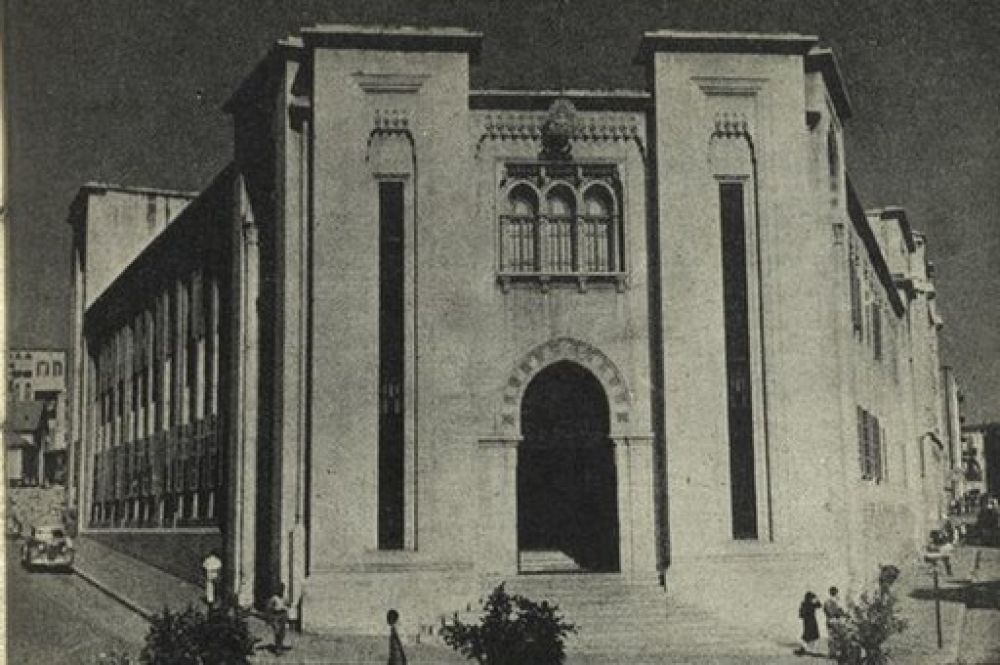

The Lebanese Parliament Building is a significant historical and architectural landmark situated in the heart of Beirut's Central District. It stands not only as the center of political life in Lebanon but also as a symbol of the country's complex past and resilience. The building, with its austere and neoclassical facade, is an emblematic site that attracts visitors who are interested in the political and social history of Lebanon.
The edifice was constructed in the 1930s during the French Mandate, and it was originally designed to serve as the French High Commissioner's residence. However, after Lebanon gained its independence in 1943, the building was repurposed to house the Lebanese National Assembly, which is the unicameral legislative body of the country. Due to its central role in Lebanese governance and its position in the midst of Beirut's historical core, the Parliament Building has been a witness to numerous pivotal events in Lebanon's history.
Beirut Central District, often referred to as Centre Ville, is the historic and geographic core of the city. Devastated during the Lebanese Civil War, the district has undergone thorough reconstruction and is now characterized by restored historical buildings, archaeological sites, modern architecture, and commercial establishments. With a blend of old charm and new vitality, the district is a testament to Beirut's ability to reinvent itself while cherishing its past.
Lebanon's history as a tourist destination dates back to the 1960s and 1970s when it was known as the "Switzerland of the East," attracting travelers with its blend of cultural diversity, historical sites, and vibrant nightlife. However, the onset of the Lebanese Civil War in 1975 led to a sharp decline in tourism as the country faced political and social upheaval.
Post-war recovery initiatives and reconstruction efforts in the late 20th and early 21st centuries spearheaded a revival in Lebanon's tourism sector. The nation's rich tapestry of ancient Phoenician ports, Roman ruins, Ottoman architecture, and Christian and Islamic cultural landmarks, combined with its famous culinary scene and hospitable locals, started drawing international attention once more.
Beirut has been reinventing itself in recent years, with a resurgence in arts, culture, and an entrepreneurial spirit that has seen the rise of boutique hotels, art galleries, and a dynamic food scene. Unfortunately, the devastating explosion at the port of Beirut in August 2020 and the ongoing economic challenges have impacted the tourism industry.
The latest tourism trends in Lebanon involve a return to authentic experiences and sustainable tourism. Visitors are increasingly seeking out opportunities to engage with the local culture through immersive experiences, such as traditional culinary workshops, local music and arts events, and community-led tours. Moreover, eco-tourism is on the rise, with an emphasis on natural beauty and outdoor activities in locations such as the Cedars of God, the Jeita Grotto, and the scenic Chouf Mountains.
Note: While the Lebanese Parliament Building is a significant landmark, it is important to consider accessibility and security restrictions that might be in place. Visitors are advised to research the current situation and visiting terms before planning their trip.